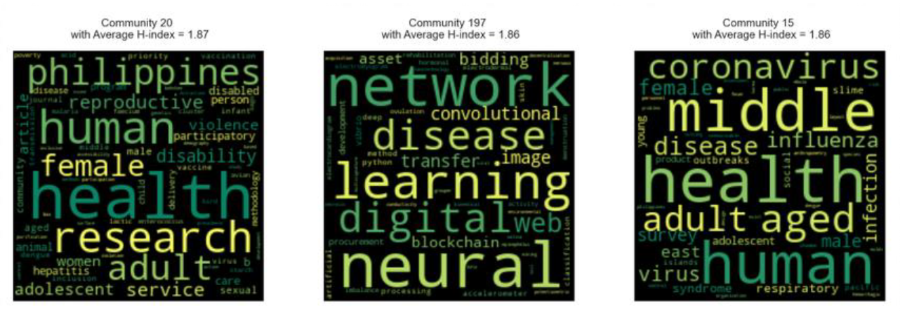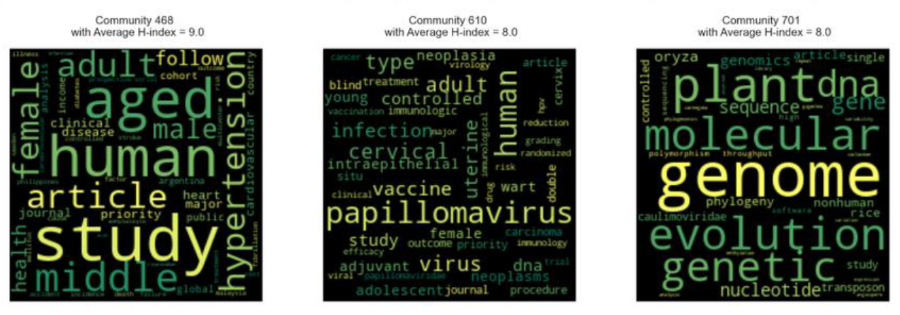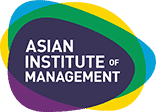
Figure: Top: Word Clouds of the Top 3 Fields belonging to the Strong Category; Bottom: Word Clouds of the Top 3 Fields belonging to the Emerging Category
Abstract
The top countries in the world like the G7 has significantly spent on their research and development for their own nation-building goals. In the Philippines, this was not the case, whereas G7 countries spent 2.36% of their GDP on average, the Philippines has only spent a measly <1%. Despite the lack of support, the research scene in the Philippines is vibrant but we are falling behind in publication metrics. To help contribute to understanding the problem, we employed Network Science techniques to analyze the collaboration network of Philippine academics and identify strong, emerging, and weak fields of research.
We scraped Philippine-affiliated publications from 2010 to April 2021 and transformed this dataset to a network with authors as nodes and publication authorship as the edges. We successfully mapped out and characterized the collaboration network of Philippine academics for the past 11 years, where we found that the whole network has 34,203 authors and 112,868 connections. However, majority of this network only collaborated and published once, reducing the core network down to only 6,675 researchers and 12,544 connections (Twice network).
We found 835 research groups within the Twice network which indicates fragmented effort across the whole academe. We have also identified Strong, Emerging, and Weak research fields that central Philippine agencies like the DOST can focus on for the potential national industries.



